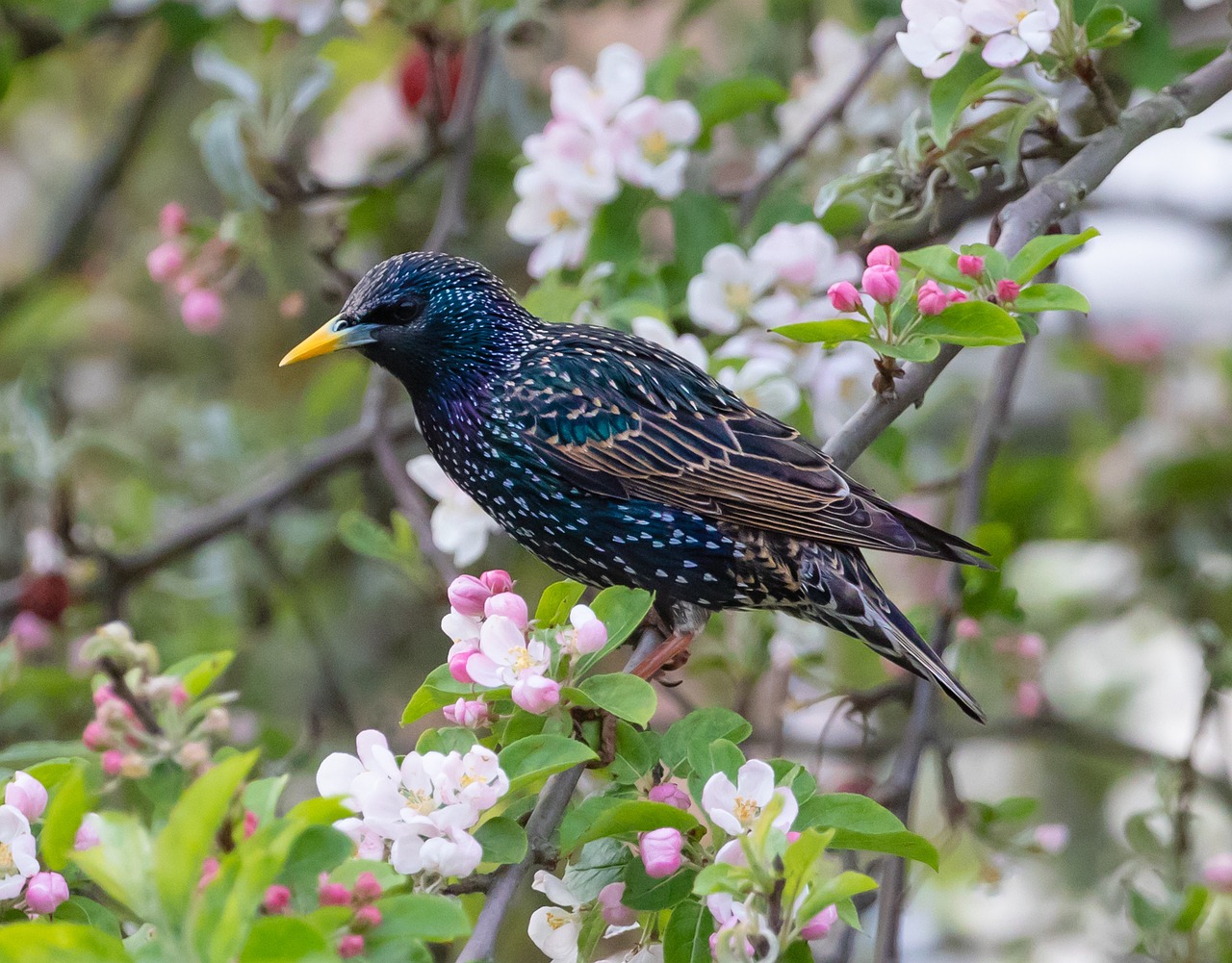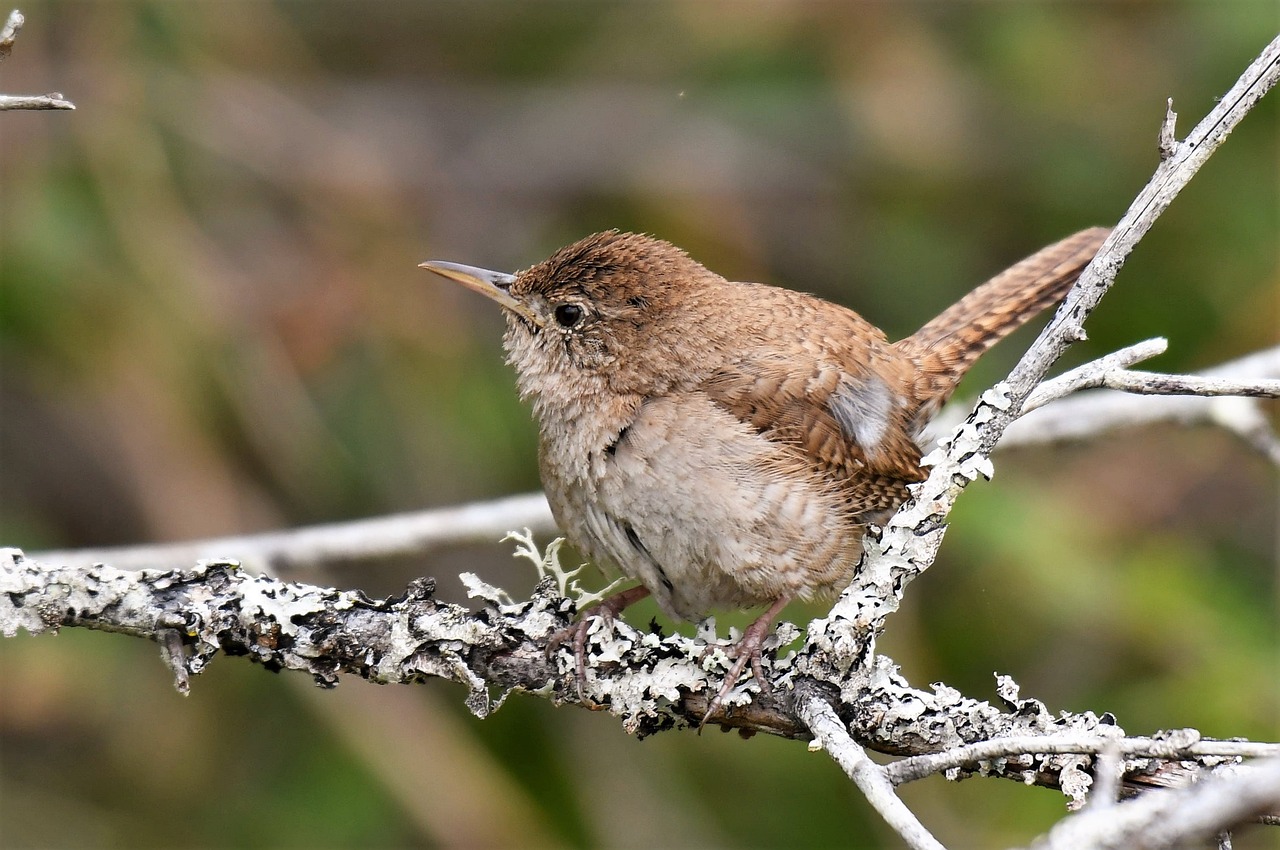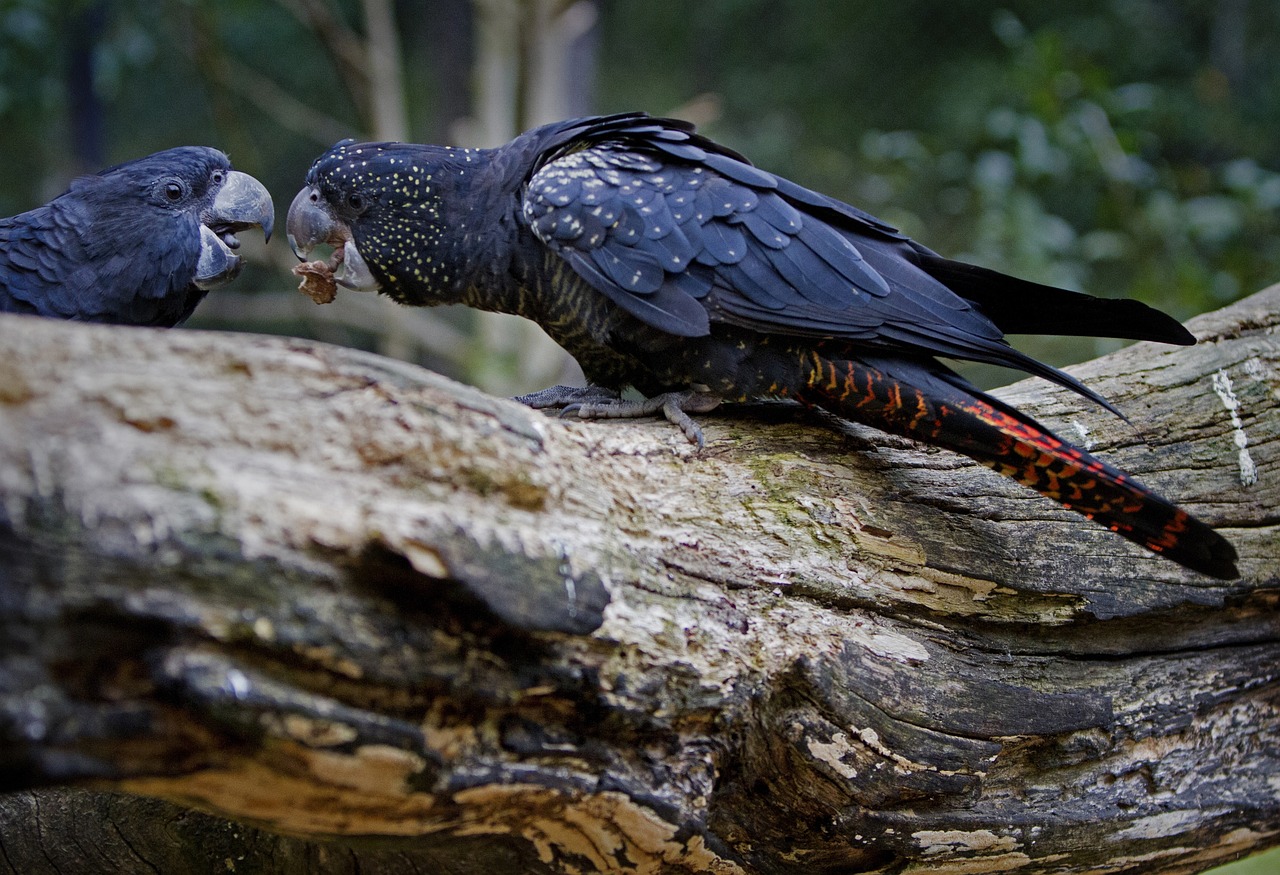The starling, first introduced to New York’s Central Park in 1890, has since spread in large numbers to all parts of the country. Starlings form huge communal roosts, ranging from a few hundred to a few thousand birds. The roosts are usually located in groves of trees, on buildings or on bridges.
The starling’s consumption of large amounts of harmful insects is a benefit, but the starling also eats fruits and grain crops and is a serious competitor with our native birds. Starlings invade feeders and bird baths in large flocks, consuming large quantities of food and driving other birds away. They take advantage of group tactics to find food. Flocking gives them safety in numbers. The chances of being caught by a predator are reduced and finding food is easier. Many eyes on the lookout make it harder for a predator to make a surprise attack.
Starlings prefer to feed on the ground but are more than willing to take over an accessible feeder. Setting up a feeder first for them with their favorite foods far away from your other feeders can divert them. They are especially fond of suet, bakery products, kitchen scraps and cracked corn. Foods that hold little interest for them are sunflower seed, whole-kernel corn, buckwheat and peanuts in the shell: use these foods to attract the birds you do want.
You may want to try a starling-proof suet feeder, that features “upside down” access only to the food. Starlings cannot hang upside down, but clinging type birds can enjoy the fare.
As a last resort, you can stop feeding completely for 1-2 weeks. The starlings will soon leave in search of a new food source, but your other birds will remain. Once the starlings have left, you can resume your feeding stations.
Starlings are also noted for taking over nesting sites. The only way to prevent starlings from nesting in your birdhouses is to remove their nests each time they set up housekeeping.
All migratory birds in the United States except house sparrows, domestic barnyard pigeons and starlings are protected under federal law. However, birds not protected by federal legislation usually have state protection.




